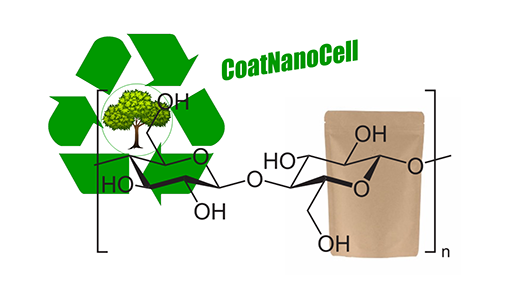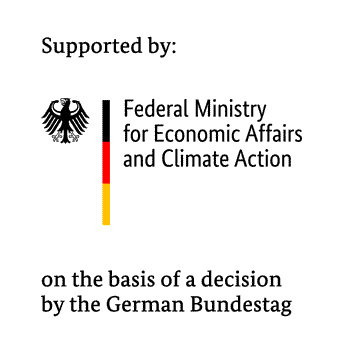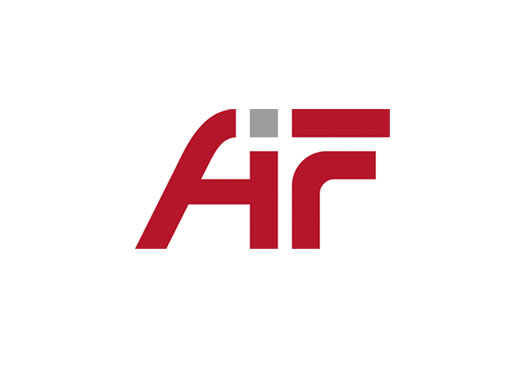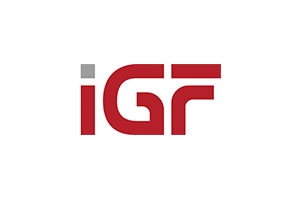Nanocellulose coatings can potentially improve the sustainability of paper composites

Substituting conventional plastic packaging with alternatives made from paper or cardboard is one of the megatrends currently dominating the packaging industry, driven both by consumers and by policymakers.
However, paper and cardboard packaging still has a number of disadvantages compared to plastic. For example, when used on its own, mono-material paper is generally not suitable for protecting products against external influences as its porous structure means that it provides virtually no barrier properties against gases or contaminants. Delicate products therefore require packaging made from paper composites which contain additional barrier layers – often made from fossil-based polymers – in order to guarantee durability. Separating these paper composites in order to recycle the paper is possible in principle, but generally results in reduced recovery of fibrous materials and, hence, a recycling rate significantly below the 90% required for paper and cardboard. This in turn means that the license fees stipulated for paper composites in the German Packaging Act (VerpackG) are just as high as for plastic packaging, and that single-use products made from paper composites come under the rules of the SUPD.
More sustainable barrier layers with nanocellulose
The CoatNanoCell project is attempting to solve this problem by developing a barrier coating for paper composites that is based on nanocellulose. The coating can be applied to paper using a standard industrial roll-to-roll coating process.
Nanocellulose – particulate or fibrous structures with at least one dimension in the nanometer range – is obtained from cellulose and is therefore made from 100% renewable raw materials. It is already used in numerous fields including composites, cosmetics, food and medical engineering.
Furthermore, the use of nanocellulose in coatings or as an additive in films and paper is currently the subject of intense investigation. Numerous studies document the excellent barrier properties that nanocellulose exhibits against gases and mineral oils in packaging applications. Furthermore, paper coated with nanocellulose still counts as a mono-material which can be recycled with other waste paper. By the same token, paper composites with nanocellulose coatings do not come under the scope of the SUPD and can therefore serve as a sustainable alternative to the fossil-based plastic coatings used previously.
Creating recyclable paper composite packaging by coating paper with nanocellulose in a roll-to-roll process
The aim of the project is to produce 100% recyclable paper composite packaging in the interests of creating a circular economy. Fraunhofer IVV is therefore developing packaging concepts for paper composites with nanocellulose coatings which can be recycled as mono-material paper. The project involves systematically examining commercially available nanocelluloses in coating formulations on different paper substrates in order to find suitable combinations.
The key step is the work to develop a roll-to-roll process for applying the nanocellulose coating to paper – the main challenges here include scaling up the coating processes with viscous nanocellulose suspensions and drying the nanocellulose films once they have been applied. The nanocellulose coating should provide the paper packaging with sufficient barrier properties against oxygen while also providing good protection against mineral oils and grease in order to increase the previously limited use of recycled paper in food packaging. Analytical investigations and a subsequent assessment of the MOSH/MOAH barrier layers generated are therefore to be carried out in order to evaluate the potential use of recycled paper coated with nanocellulose in the food sector.
The experimental work will be supported by the Technical University of Munich. In order to obtain a more in-depth understanding of the occurrence of defects during the technical manufacturing process, simulations will be carried out at the TUM School of Life Sciences to model the coating and drying processes.
Project term: |
2023 to 2025 |
Project management |
German Federation of Industrial Research Associations AiF (via Industry Association for Food Technology and Packaging e. V. – IVLV) German Federal Ministry for Economic Affairs and Climate Action (BMWK) |
Previous project: |
 Fraunhofer Institute for Process Engineering and Packaging IVV
Fraunhofer Institute for Process Engineering and Packaging IVV

